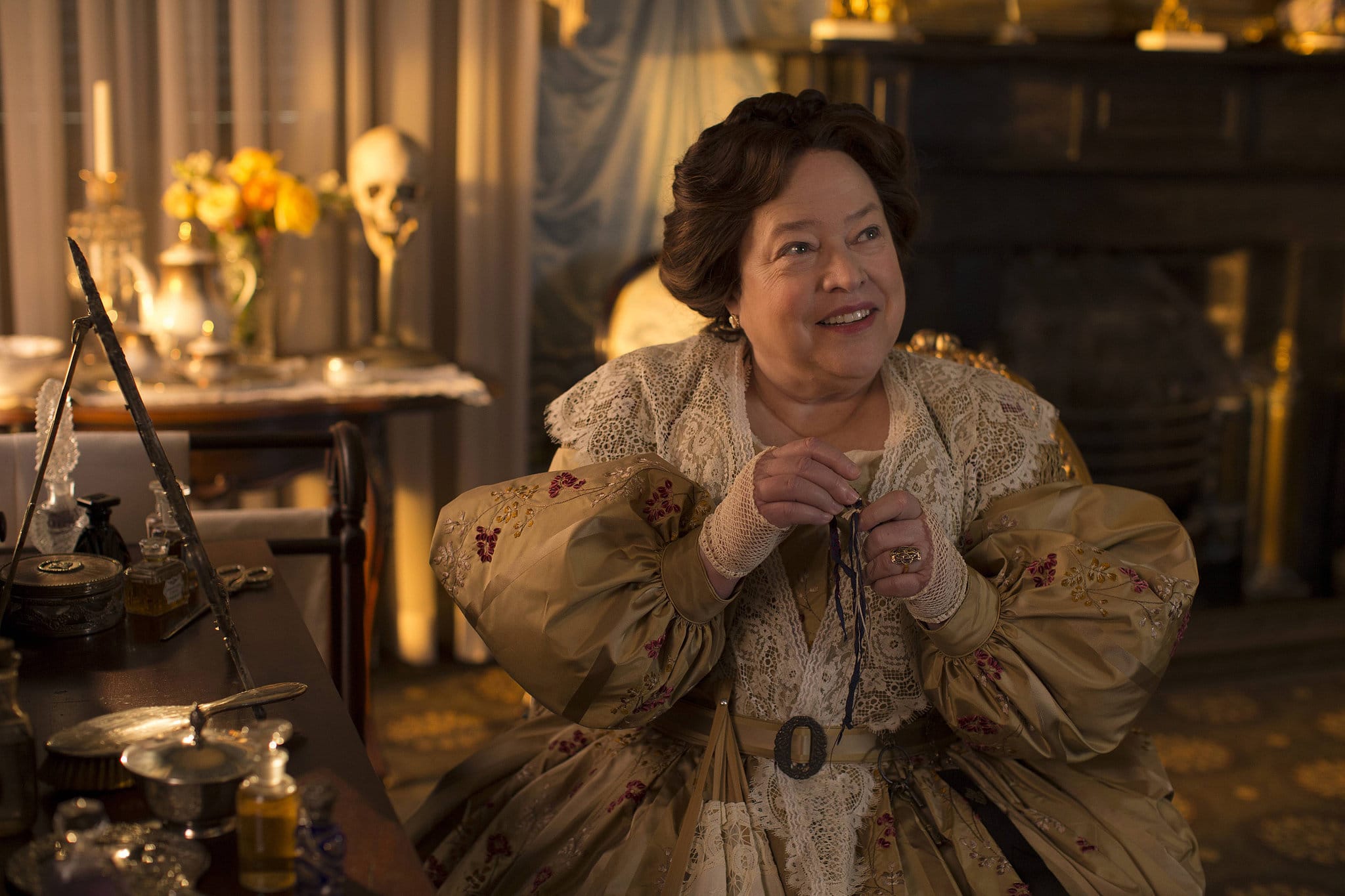Delphine LaLaurie, a prominent New Orleans socialite, masked a horrifying secret: the systematic torture and murder of enslaved people within her opulent mansion. The 1834 fire at the LaLaurie mansion exposed a chamber of horrors, revealing the depravity of Madame LaLaurie’s crimes and igniting public outrage. Despite her heinous acts, Madame LaLaurie escaped mob justice and fled, leaving behind a legacy of terror and unanswered questions. This article delves into the life, crimes, and enduring mystery surrounding one of history’s most infamous figures.
From Socialite to Monster: The Early Life of Delphine LaLaurie
Born Marie Delphine Macarty in New Orleans on March 19, 1787, LaLaurie entered a world of privilege within the city’s influential Creole community. One of five children, she enjoyed the comforts and social standing afforded by her family’s wealth. This upbringing, however, seemed to do little to cultivate empathy. Some historians suggest that the pervasive acceptance of cruelty towards enslaved people within Creole society may have warped her moral compass, laying the foundation for the horrors to come. Marie Lalaurie married three times, first to Don Ramón de Lopez y Angulo, a Spanish official, in 1800. Following his death in 1804, she married Jean Blanque, a banker and merchant, in 1808. He died in 1816. Finally, in 1825, she married Dr. Leonard Louis Nicolas LaLaurie, a physician considerably younger than herself. These multiple marriages and changes in social status may have contributed to the complex persona she presented to the world.
1140 Royal Street: A House of Horrors Unveiled
In 1831, LaLaurie acquired the property at 1140 Royal Street, a grand mansion that would become synonymous with her gruesome crimes. Behind the elegant façade and lavish parties lurked a sinister reality. Whispers of cruelty towards her enslaved household circulated within the community. One documented incident involved LaLaurie chasing a young enslaved girl to her death from the mansion’s roof. Other accounts describe enslaved people found restrained, bearing visible signs of torture and malnourishment. Despite these mounting concerns, LaLaurie’s social standing shielded her from serious scrutiny. It wasn’t until the fire of 1834 that the full extent of her depravity was revealed. While the exact cause of the fire remains uncertain, some believe it may have been started by an enslaved person attempting to escape their horrific confinement. Lavarse conjugation
The Fire of 1834: Exposing a Chamber of Horrors
Rushing into the burning mansion, firefighters discovered a locked attic door. What they found within was a scene of unimaginable cruelty. Numerous enslaved individuals were chained and bound, showing clear signs of prolonged and systematic torture. Historical accounts, while varying in specific detail, depict a horrific tableau of human suffering. Enslaved people were found confined in cages, suspended from the ceiling, and subjected to crude medical experiments. One account describes a man forced to wear a metal mask, permanently distorting his features. Another describes a woman imprisoned in a small cage, her limbs broken and twisted. The gruesome discoveries shocked New Orleans, a city already familiar with the harsh realities of slavery. The sheer depravity of the scene was beyond comprehension for many, igniting immediate and intense public outrage.
Escaping Justice: A Shadowy Flight
As news of the horrors spread, an enraged mob descended upon the LaLaurie mansion. LaLaurie, however, managed to escape. The details of her flight remain murky, adding to the enigma surrounding her. Some accounts suggest she fled by carriage to the waterfront, boarding a schooner bound for Mobile, Alabama. From there, she is believed to have eventually made her way to France. Other theories exist, but none are definitively confirmed. The lack of clear documentation allows for continued speculation about her final destination and the circumstances of her death. Some suggest she died in Paris around 1849, but the absence of reliable records leaves her ultimate fate shrouded in mystery.
A Legacy of Terror: Remembering the Victims
The story of Madame Delphine LaLaurie continues to captivate and horrify, serving as a chilling reminder of the brutality of slavery and the depths of human cruelty. While her escape from justice remains a source of frustration, her story serves as a crucial reminder of the injustices of the past and the importance of acknowledging the suffering of those who were silenced. Ongoing research continues to shed light on the lives of the enslaved people who suffered under LaLaurie’s cruelty, ensuring their stories are not forgotten. The LaLaurie mansion at 1140 Royal Street, still standing today, attracts visitors fascinated by its dark history, serving as a stark reminder of the horrors that transpired within its walls.
The Societal Context: Power, Privilege, and Impunity
Understanding the LaLaurie case requires examining it within the societal context of 19th-century New Orleans. Slavery was deeply ingrained in the city’s economic and social fabric, and the Creole elite, to which LaLaurie belonged, wielded considerable power and influence. This power dynamic, combined with the lack of legal protection for enslaved individuals, created an environment where abuse could flourish with impunity. LaLaurie’s actions, while extreme, highlight the dark side of slavery and the dehumanizing effects of unchecked power.
Unanswered Questions and Ongoing Research
While the basic facts of LaLaurie’s life and crimes are documented, many questions remain. Ongoing research continues to explore the lives of her victims, seeking to restore their identities and tell their stories. Historians are also investigating the specifics of LaLaurie’s escape, her life after New Orleans, and the circumstances surrounding her death. This ongoing work not only helps to fill gaps in our historical knowledge but also serves as a testament to the enduring importance of confronting difficult truths and seeking justice for those whose voices were silenced.
| Factor | Likely Role in LaLaurie’s Escape |
|---|---|
| Social Standing | Provided protection, resources, and assistance from influential connections. |
| Chaos of the Fire | Created a diversion and opportunity to flee unnoticed. |
| Weak Law Enforcement | Limited the effectiveness of any pursuit. |
| Limited Documentation | Obscures the details of her escape, fueling speculation. |
| Public Outrage | Forced her into hiding, potentially hastening her departure. |
- Georgia Platform: A Southern Strategy, 1850s - March 31, 2025
- How many weeks is 40 days: Quick Conversion Guide for Accurate Results - March 31, 2025
- How many feet is 300 meters? 984 Feet: Understand Length Conversions Easily - March 31, 2025
















